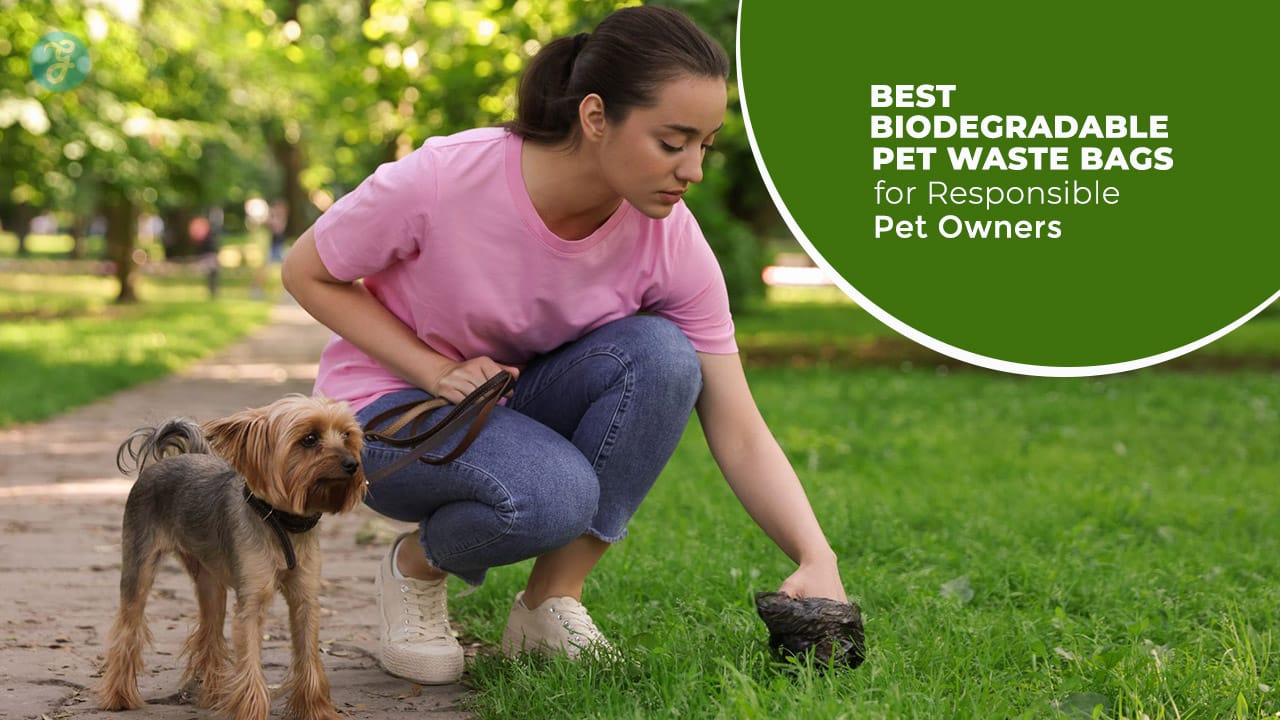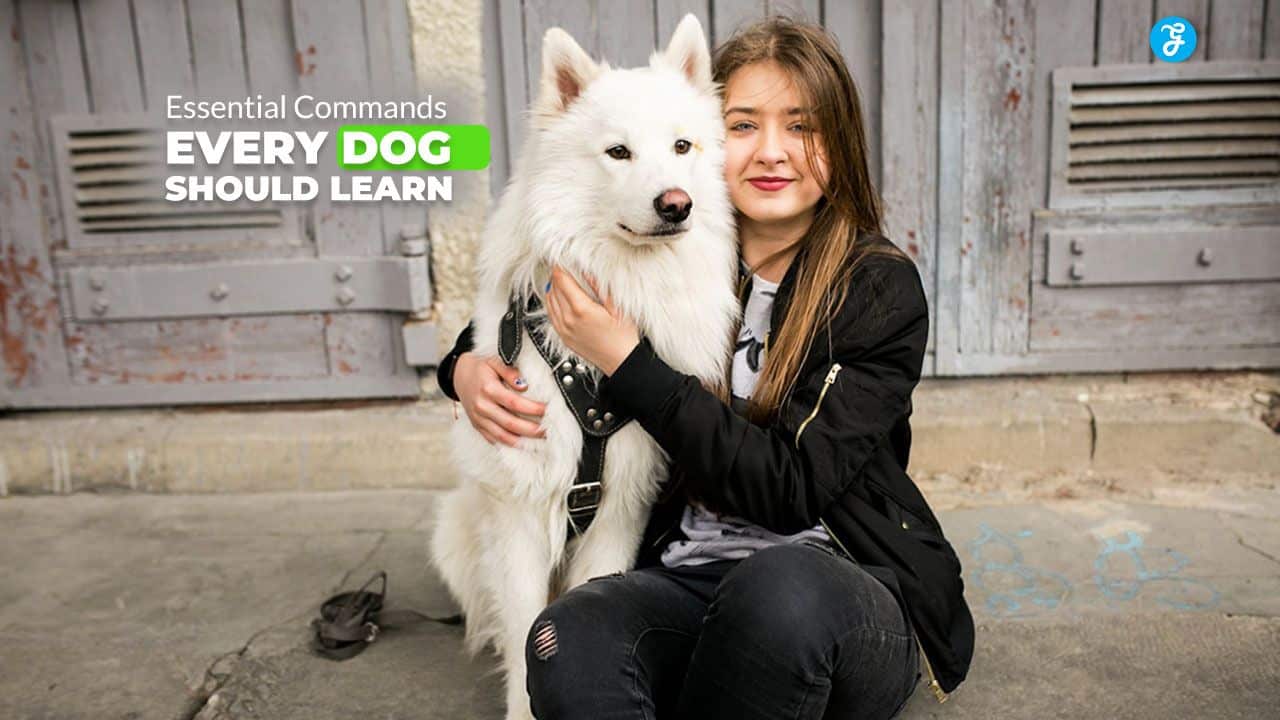Having a pet can be one of the most rewarding experiences in life. Not only do our furry friends provide us with companionship and unconditional love, but they also help us stay active and promote healthy habits. However, it is important to remember that our pets rely on us to keep them safe. By taking the necessary precautions, we can ensure that our pets remain healthy and safe throughout their lives.
What Is Rabies?
Rabies is an infectious viral disease that affects the nervous system of mammals, including humans. It is caused by a virus in the family Rhabdoviridae and is most commonly found in wild animals such as foxes, bats, skunks, raccoons, and coyotes. Humans are most often infected through the bite of an infected animal, but the virus can also be transmitted through contact with saliva, such as through a scratch or lick from an infected animal. In animals, the virus affects the central nervous system and causes symptoms such as aggression, paralysis, seizures, and excessive salivation. Without treatment, rabies is fatal. In humans, the virus can cause inflammation of the brain and may lead to a coma, seizures, paralysis, and death.
Rabies is a deadly virus, and it is essential to receive prompt treatment to avoid severe illness or death. Treatment typically involves a series of rabies vaccinations, starting immediately after the bite from an infected animal.
A veterinarian is the best person to determine the type and number of vaccinations needed. In addition, antibiotics may be prescribed to prevent infection from any bacteria that may have entered the wound. If the bite occurred in an area with a high risk of rabies, such as an area where animals carrying the virus are known to be present, additional treatments may be needed. Other treatments may include the administration of antiviral medications or the use of immunoglobulin to help stop the spread of the virus.
How Does Rabies Affect Dogs?
Rabies is a serious condition that can be fatal to dogs as well as humans. Dogs are typically exposed to rabies through contact with wild animals, such as skunks, raccoons, and bats, which can carry the virus. Once an animal is infected, the virus multiplies in its saliva and can be transmitted to another animal or human through a bite.
In dogs, the symptoms of rabies can vary depending on the stage of the disease. In the early stages, dogs may show signs of anxiety, aggression, restlessness, and changes in behavior. As the disease progresses, more serious symptoms may develop, such as paralysis of the facial muscles, seizures, and loss of consciousness. Without treatment, the dog will eventually succumb to the virus and die.
Staying Up-To-Date On Vaccinations
Rabies vaccinations are essential for the health and safety of both humans and dogs. Vaccinations are an effective way of preventing the spread of rabies, which is a fatal virus that can be transmitted from animals to humans. It is essential that all pet owners keep their dogs current on their rabies vaccinations, as this will help protect both the dog and the people around them.
In most areas, it is required by law for dogs to be vaccinated against rabies. Vaccinating your dog against rabies helps protect both the animal and the people around them. The rabies vaccine is generally administered in two doses – the first dose is given when the puppy is 12 to 16 weeks old and the second dose is given one year later. It is important to note that the vaccine must be kept up-to-date, as the protection provided by the vaccine may only last one year.
Not only is it important to vaccinate your dog against rabies, but it is also important to keep an up-to-date record of the vaccinations. This is important for both your own records and for the records of your vet. Additionally, having an up-to-date record of your dog’s vaccinations may be required if you plan to board your dog or if you move to a new area.
Supervise Dogs When Outside
It is important to supervise your dogs while they are outside to help protect them from contracting rabies. By supervising your dog while they are outdoors, you can help prevent them from coming into contact with wild animals that may be carrying the virus.
When supervising your dog, it is important to be aware of its surroundings and to keep an eye out for any wild animals in the area. Keeping your dog on a leash can also help to prevent any unwanted interactions with wild animals, as well as help to keep your dog from wandering off. Additionally, it is important to keep your dog away from areas where wild animals may be living, such as wooded areas, thick brush, or abandoned buildings.
Rabies is a serious and life-threatening virus that can be fatal to both humans and animals. By understanding the virus, taking the necessary precautions, and following these tips, pet owners can help protect their dogs from the dangers of rabies and keep them safe.

















































